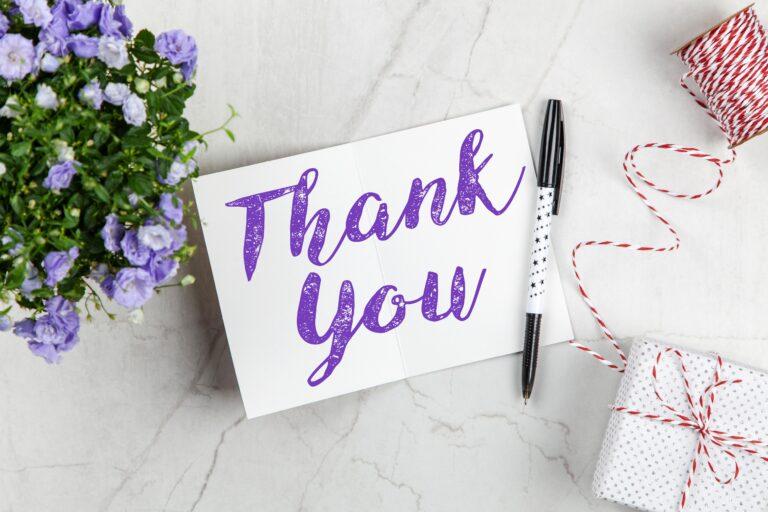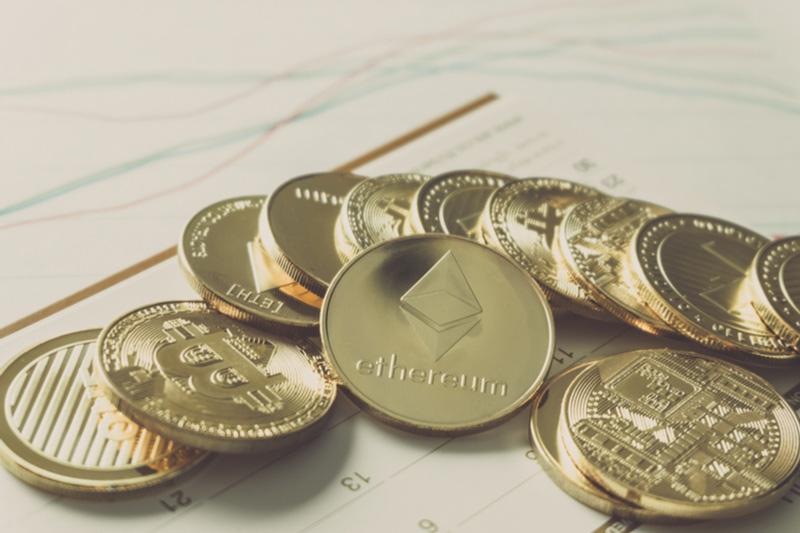The venue has been cleaned up or your camera’s been switched off – the next step is sending your attendees a post-event email to say thank you. Whether your event is in-person or online, a thank you email is a great opportunity to build your relationship with people who are interested in what you do and the perfect time to mention any upcoming events.
A digital letter of appreciation for attending an event is also a great way to thank people for trusting you after the events of the pandemic. It’s not just attendees you can thank. You might want to compose a note for a speaker at your event or an email to stakeholders to say thank you for coordinating logistics or supplying services. Sponsors could also be thanked for their support. So, how do you write an email that people want to open and read?
Take time over your event email subject line
It might be short, but the subject line is the most important part of your follow up email after an event. It’s what people see first, and it helps them decide whether to click through or not. Keep it short – research shows that emails with subject lines of 41 characters or less have the best open rates. And consider whether or not to include emojis in your subject line. They’re colourful and stand out in a crowded inbox, but may not appeal to all demographics.
Think short but sweet
Just like the subject line, your email should be concise. Your guests don’t want to spend ages reading, so get straight to the point. Try to keep your sentences snappy and use lots of line breaks for easy readability. Here’s a useful template for a post-event thank you email:
To [Guest name],
One sentence saying thank you for attending the event – make sure to name the event here, so that they remember.
Two sentences summarising the highlights of the event, such as any keynote speakers or headline acts.
One sentence saying that you have more events in the pipeline, and inviting them to sign up for your newsletter or follow you on social media for more.
Sign off – how you say this is reflective of your brand personality, so go with something conversational like “Hope to see you next time,” or opt for a more formal “Kind regards.”
[Your name]
Be friendly but professional
If you’re wondering how to thank someone for attending an event, start by getting the tone right. Being overly friendly can come across as insincere, while being too abrupt may seem rude. Use a conversational tone of voice to help strike the balance. When you’re writing, pretend you’re talking to someone you’ve only met once or twice but already like. You wouldn’t be too over-the-top – so get rid of those exclamation marks – but you would be positive. Depending on your brand, you might want to throw in a few witty asides, too. Don’t forget to include your event branding so that attendees quickly recognise who the email is from. Finally, encourage them to follow you on social media for news about future events.
Ask for feedback
Keep a “thank you email to attendees” template to hand so that you can send it out the day after the event while it’s still fresh in your guests’ minds. We all have room to improve, and the thank you for attending email is the perfect opportunity to ask for constructive criticism. To send an event feedback email, use a tool like SurveyMonkey. With 15 different survey question types to choose from, it allows you to create a customised survey or use a pre-designed template to help you ask the right questions and receive the most useful responses. Once you’ve built a quick questionnaire, encourage people to fill it out by offering a prize draw to those who respond.
Remember GDPR
GDPR means you need to be extra careful about how you email people and store their information. Here are three important things to keep in mind:
- If event attendees didn’t opt in to receive communications from you, then you can’t email them to say thank you – so even if they gave you their business card, you can’t just add them to your mailing list. You can, however, contact them and ask if they’d like to sign up to receive emails.
- It’s important to use BCC instead of CC when you send the email to keep everyone’s email addresses private.
- If you’re intending to use data – such as email open rates – to plan your future email campaigns, then you need to inform the recipients. An example might be sending different types of content based on what a person has previously read. Since you’re monitoring their behaviour, you will need to give people the option to unsubscribe from your mailing list.
Represent your brand
Sending a thank you email after an event is a great way to keep in touch with people who are interested in what you do. But writing it shouldn’t be stressful – be sincere and positive and the rest should fall into place.
Eventbrite makes it easy for you to stay in touch with attendees. You can automatically schedule emails like thank you ones as well as upcoming event reminder emails. Plus, there’s the option to further engage guests with our follow, like, and remind features. Find out more about building your community.





